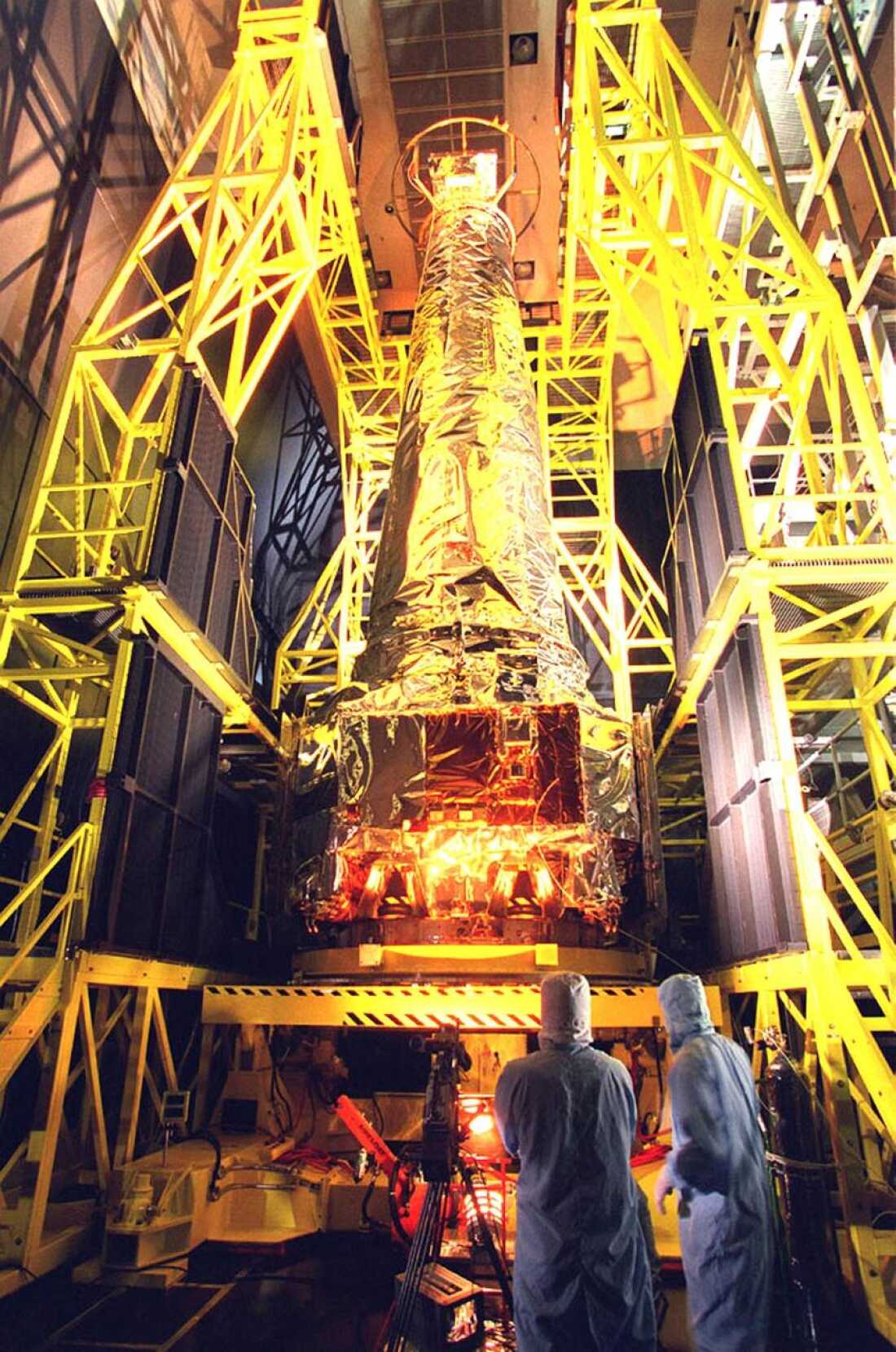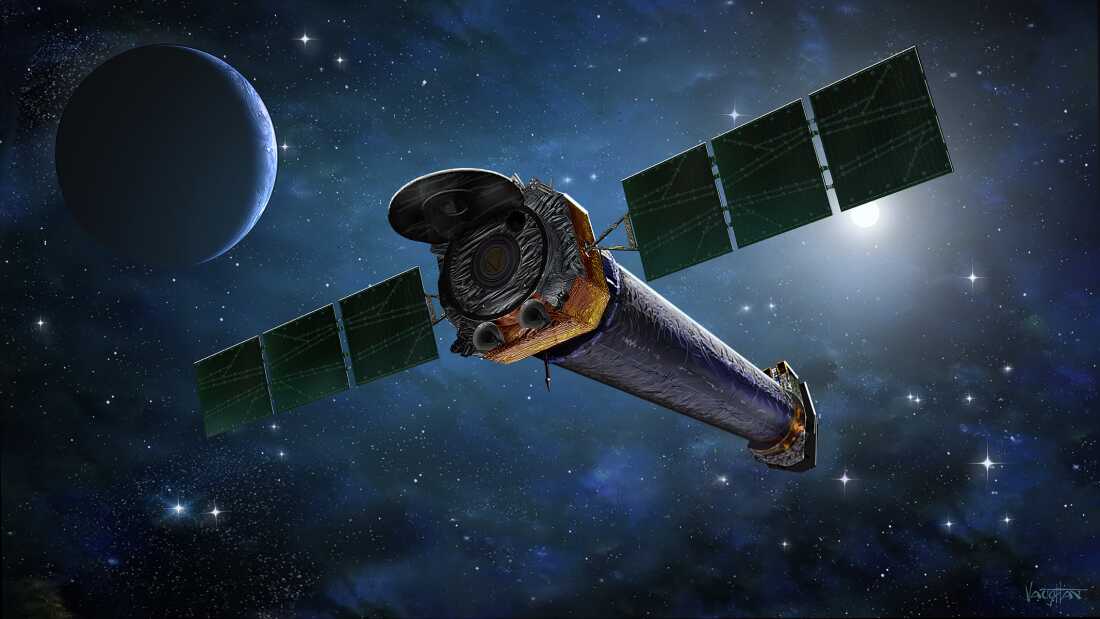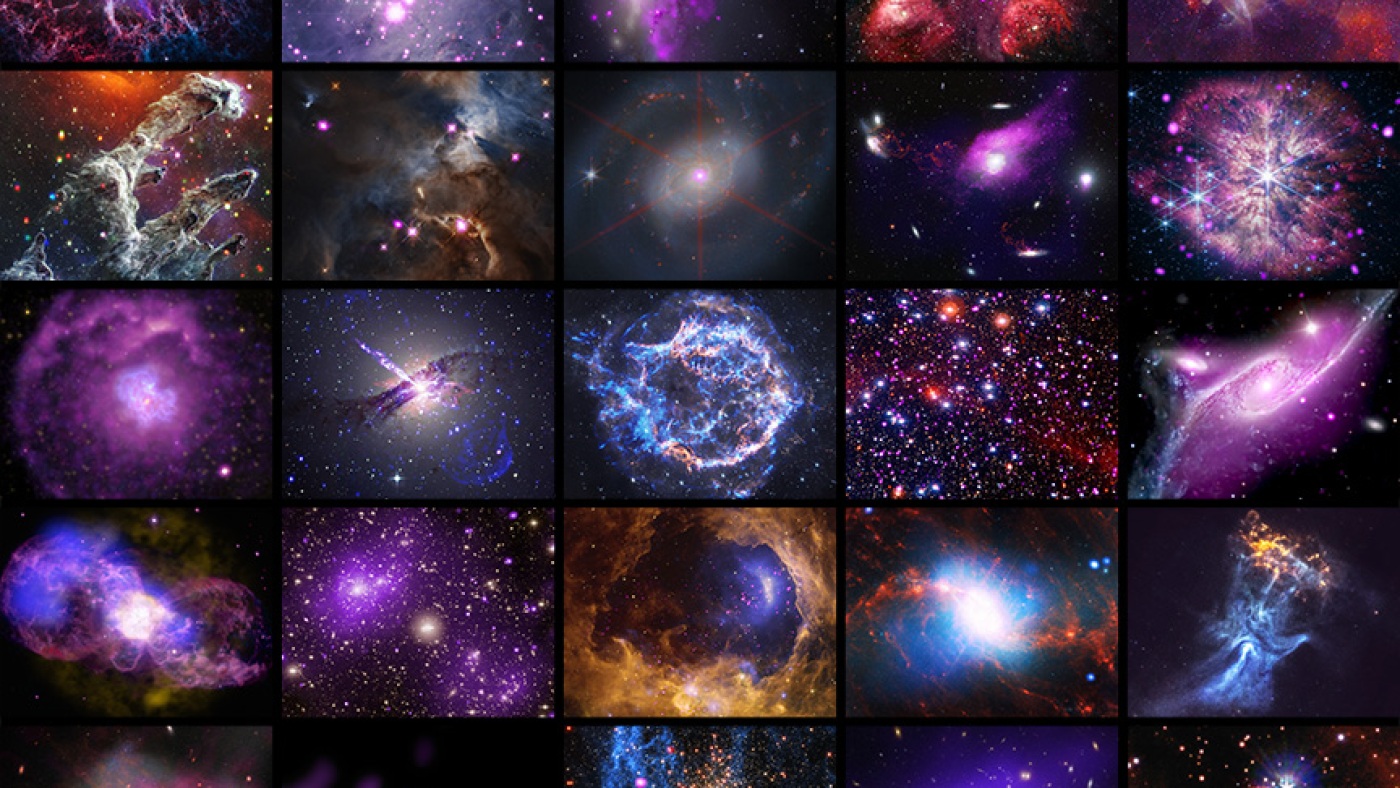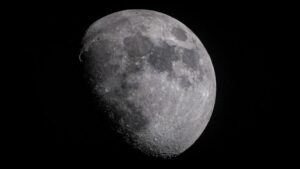To celebrate the 25th anniversary of the launch of the Chandra X-ray Observatory, the mission has released 25 views of space objects ranging from supernova remnants to galaxy clusters and more.
NASA/CAO/CXC
hide caption
caption toggle
NASA/CAO/CXC
The most powerful X-ray telescope ever built has reached its landmark 25th anniversary in space – but back on Earth, astronomers worry its future is very much in doubt.
Backers of the Chandra X-ray Observatory say the school bus-sized instrument is robust and can continue doing science for another decade, but NASA recently announced a plan to cut funding and effectively end the mission.
The agency’s head of astrophysics, Mark Clampin, said officials are facing a difficult budget situation and that tough decisions must be made to free up money to develop future telescopes, such as one that will search for habitable planets that potentially could support life.

The Chandra X-ray Observatory before it was launched into orbit in 1999 on a NASA space shuttle.
NASA
hide caption
caption toggle
NASA
But many astronomers can’t imagine turning off Chandra, a one-of-a-kind instrument currently being used in tandem with the Hubble Space Telescope and the James Webb Space Telescope to make important discoveries.
“Most recently, Chandra teamed up with the James Webb Telescope to discover this supermassive black hole at the edge of the universe. It was the earliest black hole, the most distant black hole ever discovered,” said David Pooley of Trinity University, an astronomer who has used Chandra since it was launched into orbit by the space shuttle in 1999.

X-rays offer a way to study some of the most exotic phenomena in the universe, as they are generated during extreme cosmic events that heat matter to millions of degrees. They can only be observed from space, not by ground-based telescopes, because the incoming X-rays are absorbed by the Earth’s atmosphere.
Pulley says there is no other telescope like Chandra and that losing it would be a major blow.
“Its ability to detect distant objects is unmatched by any other X-ray telescope that has ever been built or will be built and will be in operation for at least another decade, possibly two decades,” says Pooley. “Shutting down this great observatory for relatively small cost savings would seriously damage US leadership in this entire field.”

An artist’s impression of the Chandra X-ray Observatory in space.
NASA/CXC and J. Vaughan
hide caption
caption toggle
NASA/CXC and J. Vaughan
NASA’s planned budget cuts will soon require the layoff of much of the staff that runs the telescope, meaning dozens of astronomers will be out looking for work, according to a pressure campaign that has emerged to try to overturn the decision.
According to astronomer Grant Tremblay, the layoffs are expected to be announced in August, with staff leaving by October.
“Most have families, kids in school, established roots, and so a huge number will be forced out of astronomy,” he noted in a post on X, the platform formerly known as Twitter.

Pooley says everyone understands the budget constraints, but he just doesn’t agree with cutting a productive workhorse already in space in favor of “some twenty years from now. I don’t think this is a very good use of tax payer’s money.
Chandra experts like Paul Levitt took to social media to express their displeasure.
The scientists also reached out to members of Congress such as Seth Moulton, a Democratic US representative from Massachusetts, where the telescope’s operations center is located.
“I’m listening to over 700 astronomers who have signed a letter saying, ‘This work is important. It has to continue,” Moulton told NPR. “I really think it’s up to us in Congress to try to find the money to make sure that happens.”
Meanwhile, a meeting of the agency’s Astrophysics Advisory Committee on Tuesday will discuss Chandra’s future. Part of that discussion will cover the results of a review that NASA initiated to see how well this telescope, as well as the aging Hubble, can be operated on a reduced budget.
“NASA will share its decisions, informed by the review’s findings, in a virtual town hall in the coming weeks,” a NASA spokesperson told NPR via email.



